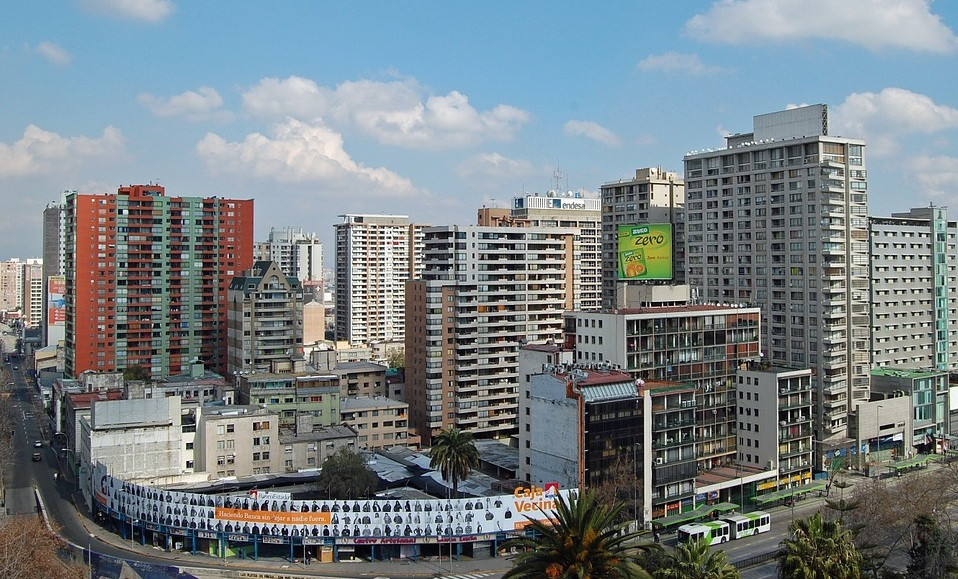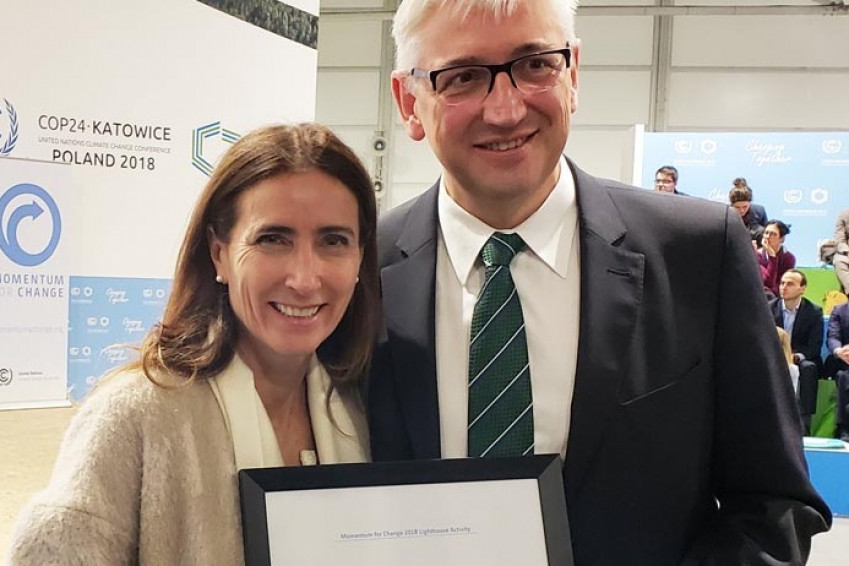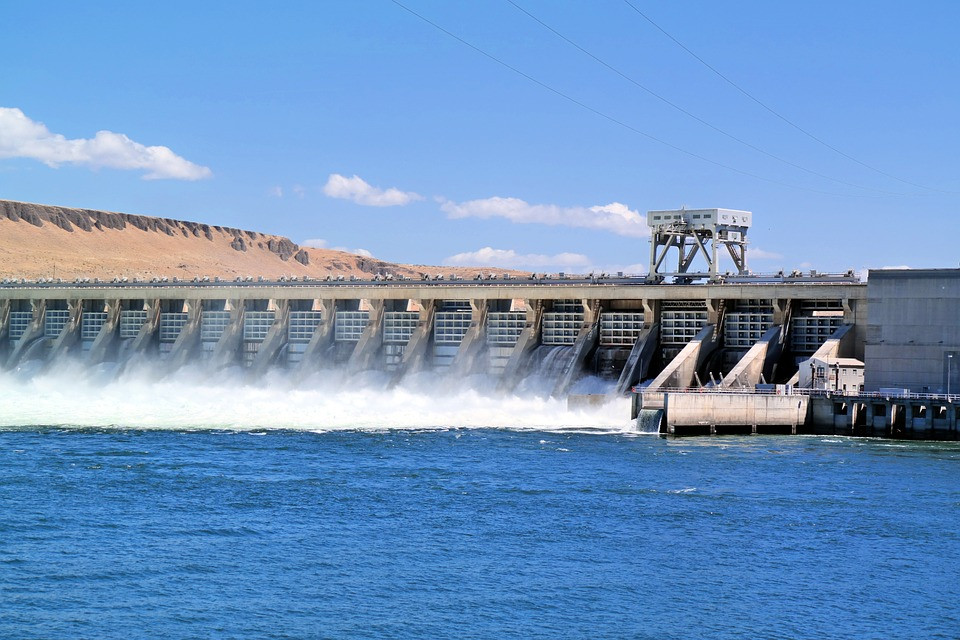
Adaptation and Mitigation of Infrastructure Services to Climate Change. The case of Chile
Jorge Canals
The same as for the majority of the countries in the region, in recent years climate change probably was not on Chile's initial infrastructure diary.
In general terms, infrastructure programmes were determined along the traditional lines that have prevailed in the country since the end of the 90s, with an emphasis on an acceleration of the works, focusing on investments linked to productive capacity and the increase of investments, with concession programmes close to 6,700 million dollars for the 2014-2018 period, tenders for large reservoirs, and major works planned for the productive industry connection in Chile, such as the bio-oceanic corridors and the Agua Negra (black water) tunnel, to modernize the transit between Argentina and our own country.
And although climate change was not yet on the agenda, or at least not directly so (because the same reservoir tenders, or the proposed modifications to the Water Code, whose private model of water resource management is practically unique in the world, we looked at water management model, which had been substantially impacted by the phenomenon), successive natural disasters meant centralising the issue at the time of planning the infrastructure regarding mitigation and adaptation.
By Law, the Ministry of Public Works, with powers in this respect, has to submit a long-term infrastructure planning every 5 years, a process that recently concluded with the presentation of the “Chile 30/30 Plan” Programme. Within the framework of such planning, and Chile being a country accustomed to its infrastructure being hit by periodic earthquakes, extreme weather events forced the issue to focus on adapting to the impacts of climate change.
This was mainly due to the phenomenon called "Mega drought", unprecedented in its duration and characteristics -widespread, prolonged and warm- and its implications; it extended from the Coquimbo Region to the Araucanía Region (the most populated area in the country) and between 2010 and 2017 has provoked a 30% deficiency in the annual average rainfall in Santiago, the capital of Chile. In the words of the Ministry of Agriculture, for 2019 there has been a 72% rainfall deficit, which means it has been the driest winter in the last 60 years. There is also a 70% deficit in river flows in the Coquimbo and Valparaíso regions.
The impact on forestry activities and subsistence agriculture has been devastating.
In consequence, the focus of the infrastructure agenda from the point of view of its impacts (drought, floods, forest fires, rivers bursting their banks and floods) has progressively shifted to climate change, moving from specific individual actions towards an integral public policy.
This is why the Climate Change Infrastructure Adaptation and Mitigation Plan for the 2017-2022 years was established. This plan, which involves the Ministry of Public Works and the Ministry of Environment, is derived from the National Climate Change Action Plan 2017-2022, the main public instrument for the Climate Change governance that the country has been provided with, pending of the admission to Congress of the Framework Law on Climate Change, whose draft has recently been subjected to a public consultation process.
The Plan for Adaptation and Mitigation of Infrastructure Services to Climate Change for the years mentioned was drawn up technically with provision for citizen participation, and approved by the Council of Ministers for Sustainability, according to the requirements of Law 19.300 on General Environmental Bases.
Taking into account the overall history of Climate Change in Chile, such as the change in the rainfall pattern, the intensity and frequency of droughts, the intensity of floods, the flooding and mass displacements resulting from rains with high isothermal capacity, and the increase in the intensity of coastal flooding and heat waves, and the connection with of these to infrastructure, the plan aims to incorporate Climate Change into the planning, construction and management of the country's infrastructure.
In this way, it identifies the impact of extreme climatic phenomena and their link to infrastructure, such as significant changes in wave heights (Chile having 4,000 Km. of coastline), its impact on port and road works (undermining vertical walls, flooding, coastal walks and ramps) and the impact on productive activities carried out around the coastal edge, the quality of life of people, access to goods and services, and the loss of connectivity.
The governance of climate change in infrastructure services is centred on the principles that virtually all the environmental institutions in the field adopt in current times: (Prevention, Flexibility, Resilience, Gradualness, Sustainability) and its scope extends to the full span of the sectors with responsibility in the matter: Roads, Hydraulic Works, Potable Water, Airports, Port Works, Public Building and Concessions.
The main aspects that we can highlight in planning for adaptation to climate change in infrastructure, and that are in full implementation, are: methodological changes in evaluation, design and planning (new works, current infrastructures), the monitoring of threats and vulnerabilities, and the incorporation of the climatic phenomenon in the Ministry of Public Works' central planning.
Regarding mitigation, the reduction of greenhouse gases is taken into consideration in the building and construction sector through the establishment of accounting systems, as well as verification, monitoring and reporting.
Finally, it is of interest to note that objectives have been established to manage our knowledge base, for the promotion of technological investment in infrastructure services.
According to the variables considered by the intergovernmental panel of experts of the United Nations Framework Convention on climate change, Chile is one of the countries most vulnerable to its effects.
The country is establishing a governance capable of coping with these impacts, where citizen and democratic participation is not optional, and the incorporation of the criteria resulting in long-term planning, particularly in infrastructure, equal to the task of developing a country with such particular geographical characteristics.
The plan, which we have briefly described in these words, is a good base on which to construct such deliberations.










